
Mounted on the Leica M9, with hood.
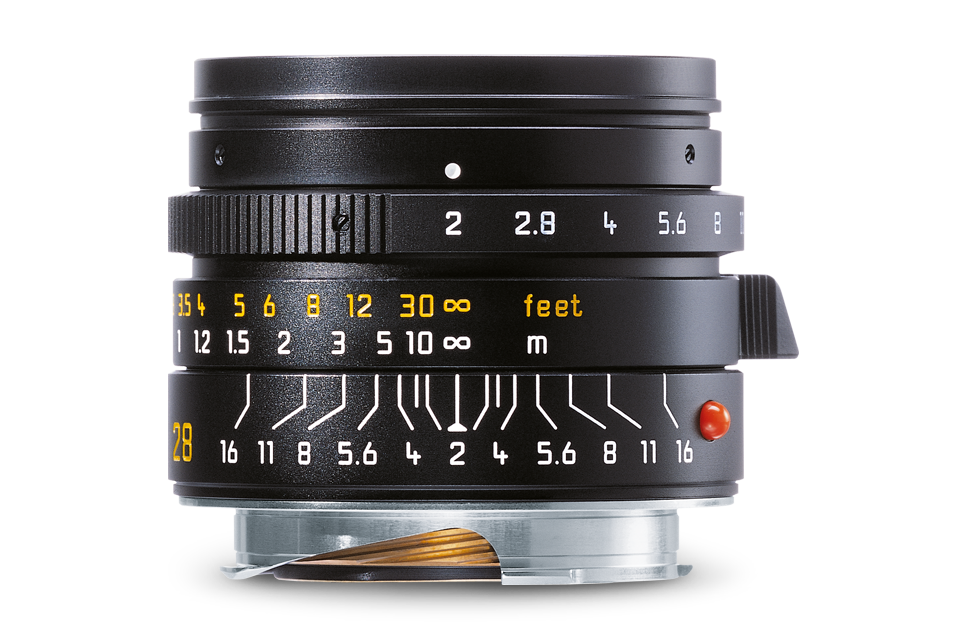

The Leica Summicron 28/2 ASPH is a high-end, premium priced, wide-angle lens for Leica M-mount. Its relatively large aperture combined with the wide angle of view makes it very usable for many types of subjects, in many different types of light situations. It’s a compact lens for its specifications, but dense and heavy for it’s size, especially compared to most AF lenses, where more plastic is used. It’s Leicas first f/2 lens in the 28mm flavour, so there are no versions to keep track of.
Despite its high price, this lens has become one of my favourite lenses that I’ve ever used. Its fantastic ergonomics, combined with stellar image quality and unique rendering makes for a hard to beat combination.

Mounted on the Leica M9, with hood.


This is a 28mm lens, meaning a fairly moderate wide-angle. Summicron is the Leica designation for an f/2 lens, meaning that this lens has a 14mm physical aperture. ASPH in this case signifies that the rearmost element is aspherical. As all M-mount lenses, it’s manual focus only.
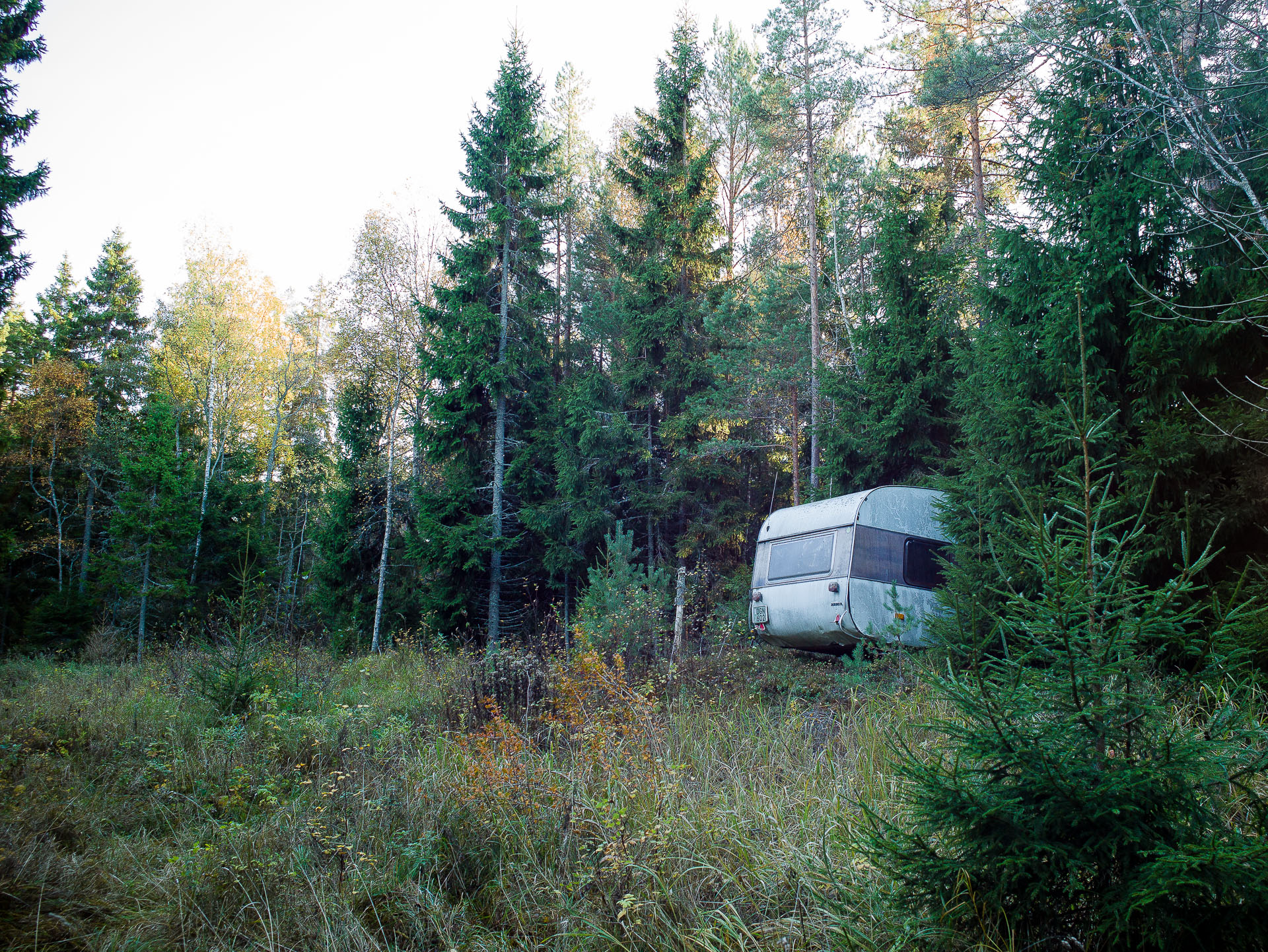
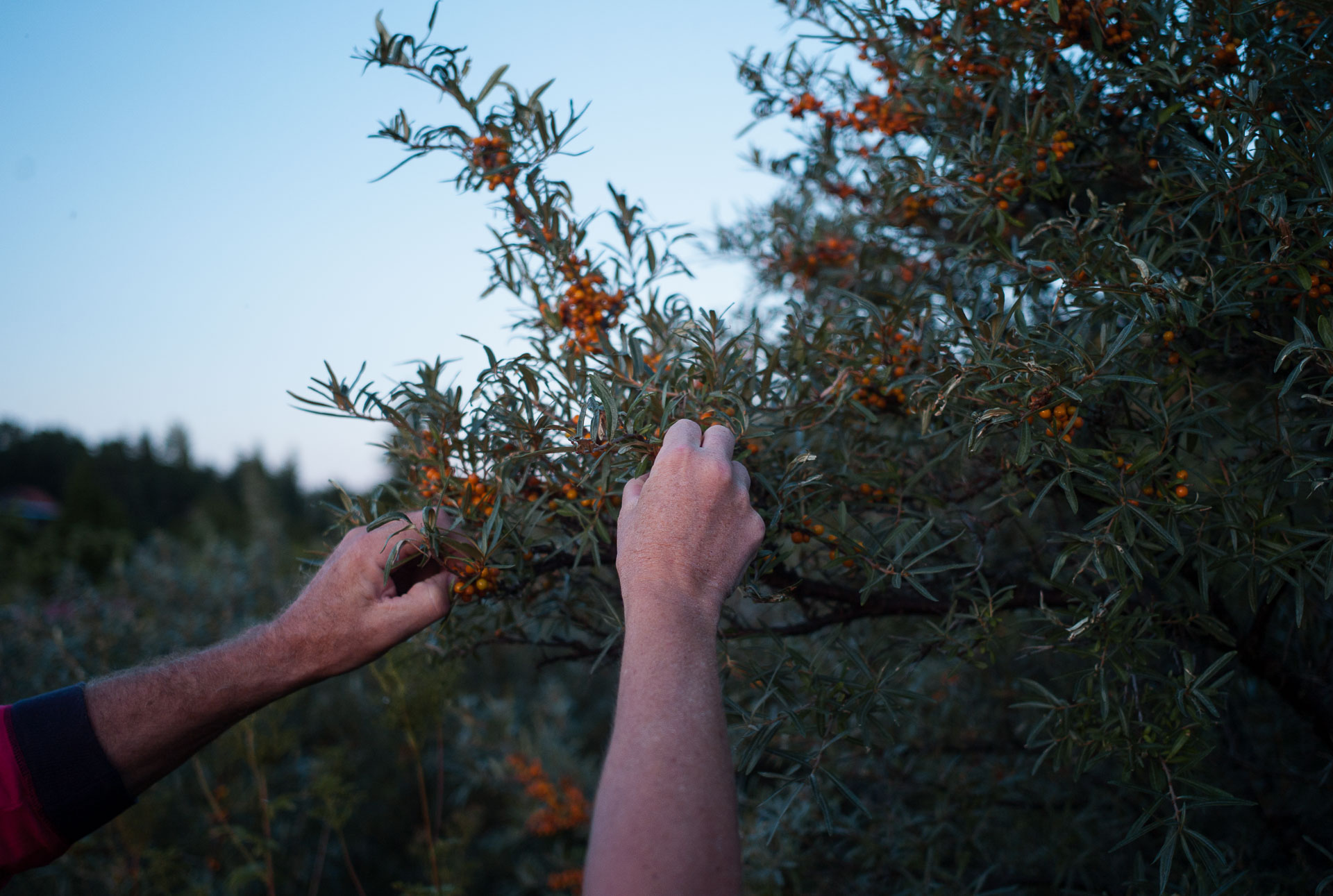
Leica have become famous for their high level of craftsmanship, as well as the ability to achieve very high optical performance out of very small lenses. The Summicron 28 is no exception.
The lens is impressively small considering its specifications, extending just over 4cm from the mount. Earlier Leica 28mm lenses were the same size, despite being a full stop slower. Even compared to other M-mount lenses it’s small to moderately sized, compared to SLR lenses, it’s positively tiny.
Construction and materials are both top notch – Leica lenses are generally built to last and their modern lenses in particular, are in a league of their own. All moveable parts work with impeccable precision. Lens markings are engraved and painted in Leicas very pretty, Microgramma-esque, square font.
The lens hood is not as nice as the lens. Fairly big and clumsy, made from thick matte plastic.
Black and silver versions of the lens were originally sold, but the silver was discontinued in 2010. The black lens is made of anodised aluminum resulting in lower weight than the silver version made of brass. The black version is more prone to showing scuffing and wear. The copy I picked up has been used heavily by two previous owners, which shows through the slightly scuffed up exterior, but the internals are still as new. Since I prefer to use my lenses rather than collect them, I don’t mind worn gear.
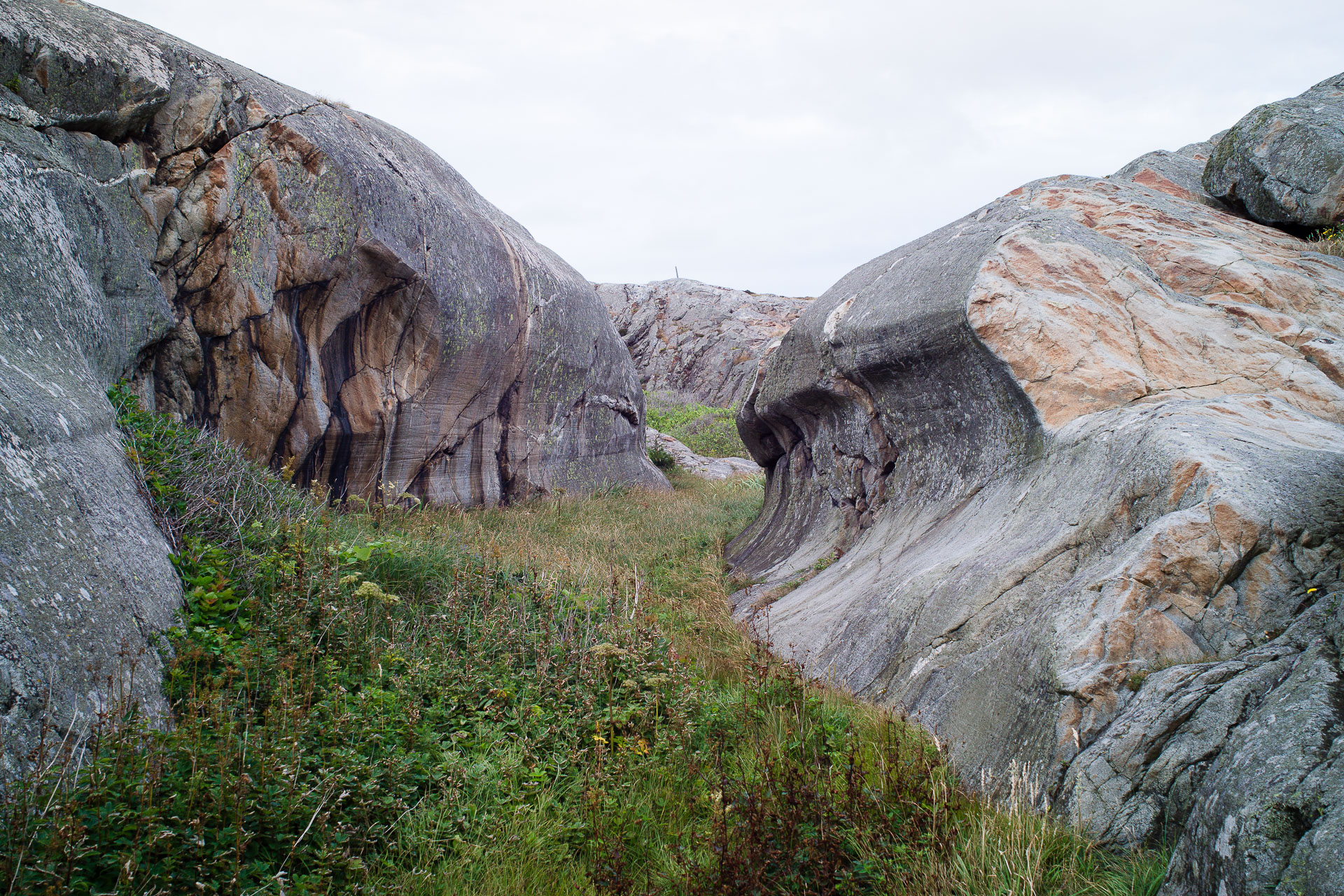
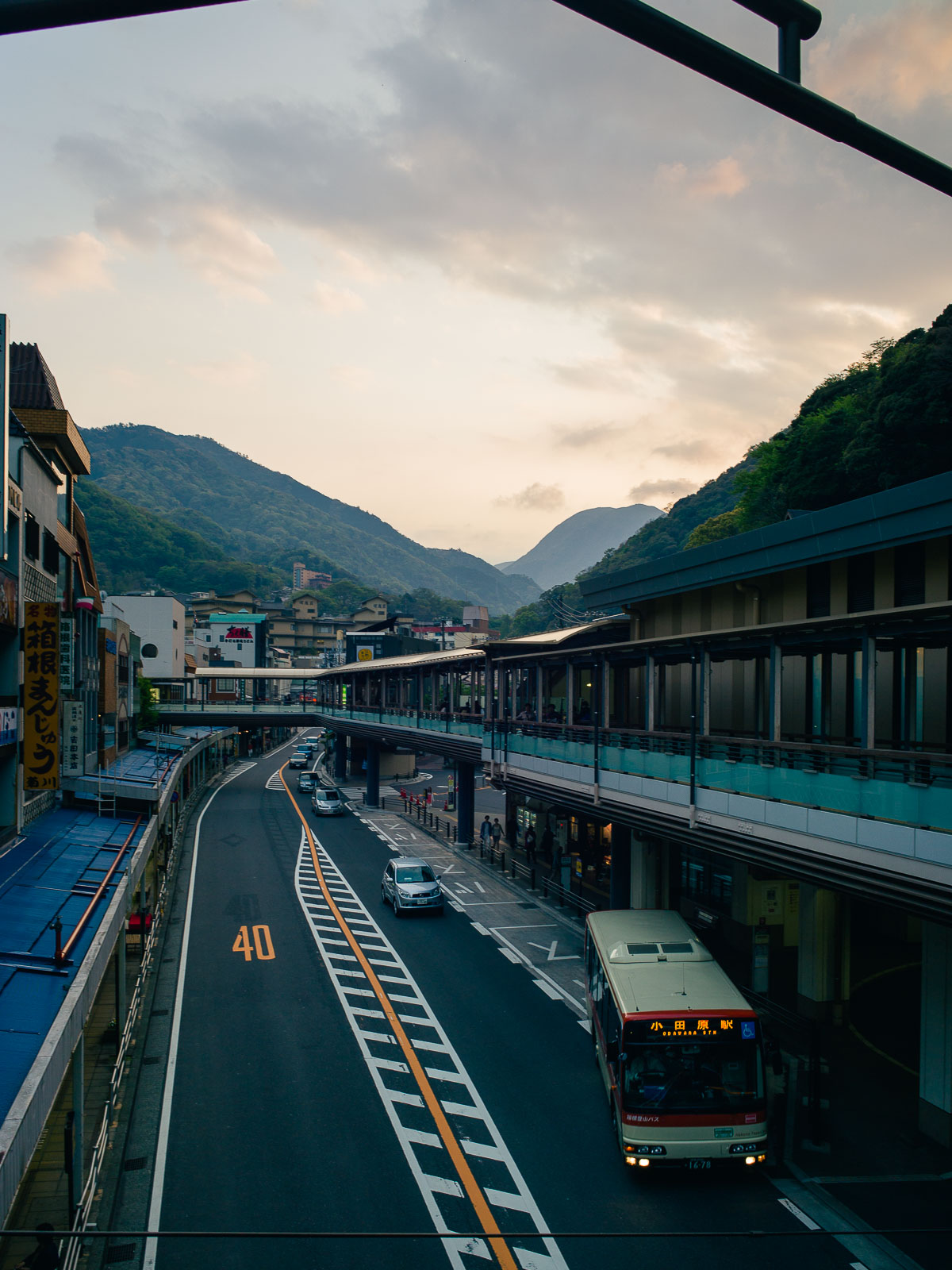

The ergonomics are practically perfect. The Summicron 28 has a concave focus tab, my preferred set up for manual focus lenses. The focussing is very smooth and moves with a gentle touch. The focus travel is around 100° leading to good accuracy but is still quick to work with thanks to the smooth movement.
The aperture ring has half stop clicks and is very well balanced, moving easily but practically never inadvertently. The lens tends to make cameras slightly front heavy, but no more so than similarly specced lenses. Generally I prefer smaller and lighter lenses.
The hood is an annoyance – when mounted it interferes with use of the aperture ring. Due to this as well as the large size, I tend to shoot without the hood.
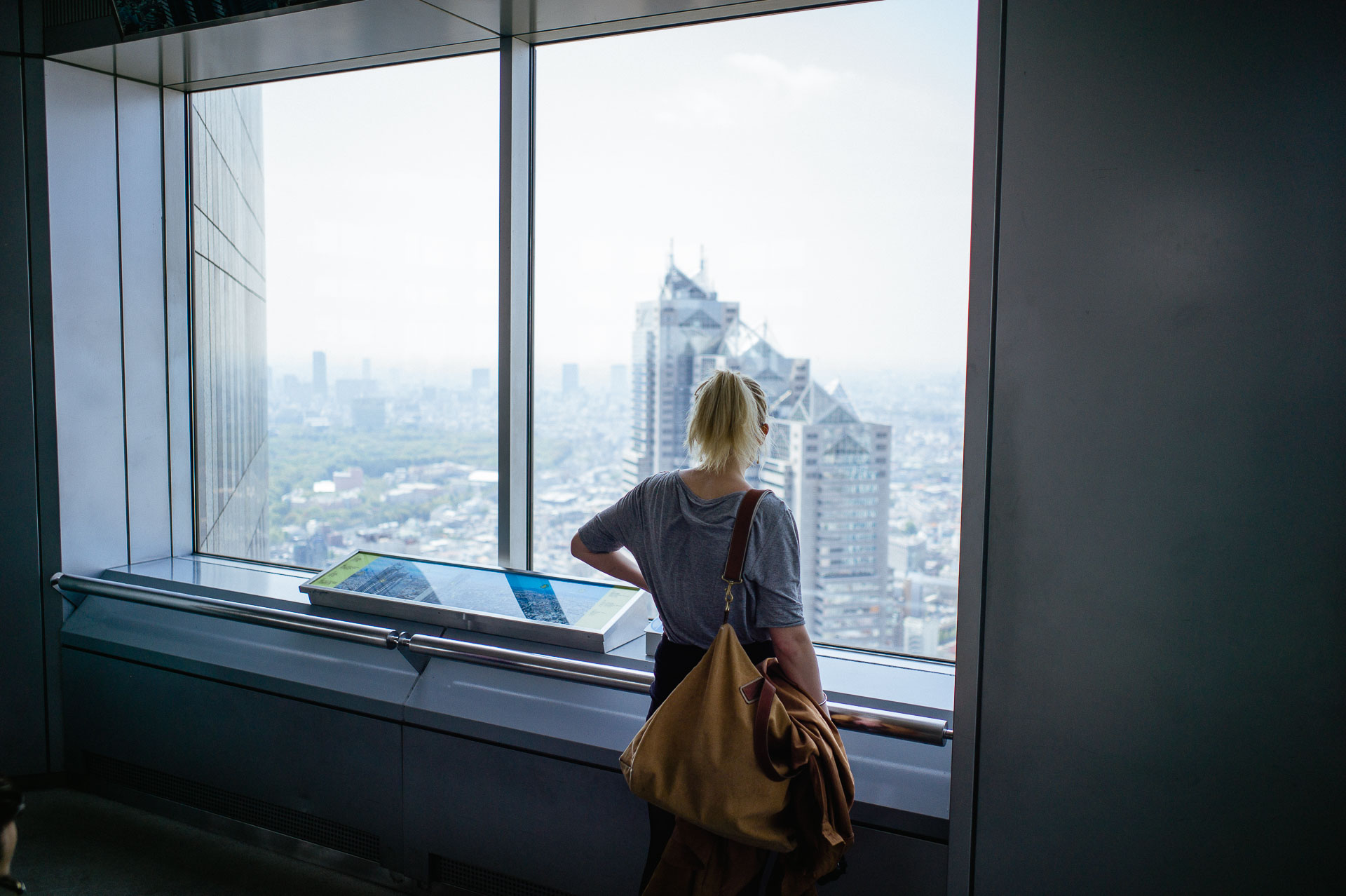
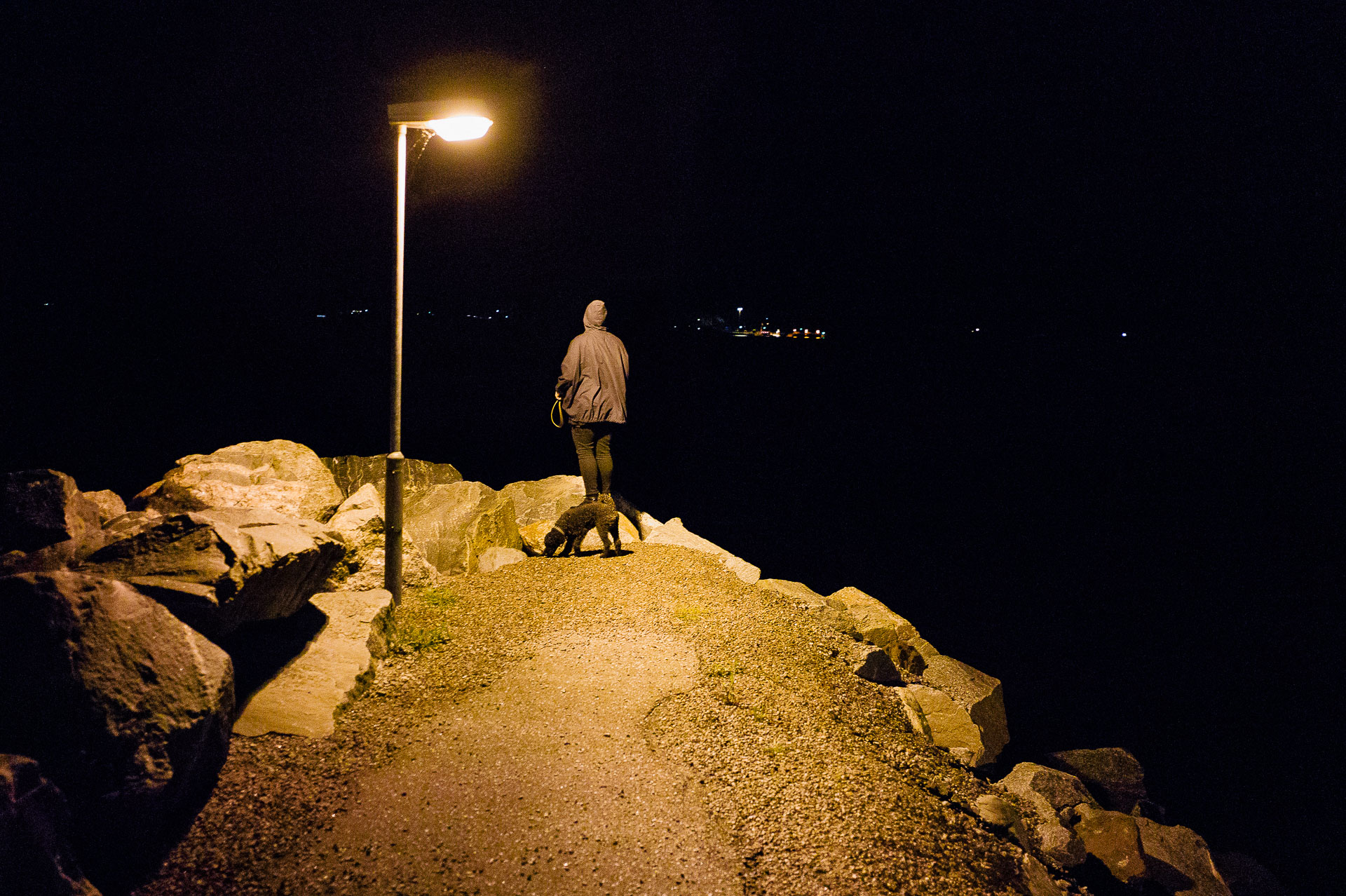
In practice the image quality is almost perfect. This is the most impressive lens that I’ve used from an image quality perspective.
Sharp from corner to corner, even wide open. Stopping down increases resolution very slightly for each stop between f/2-f/4. Micro-contrast is at extremely impressive levels, achieving tonal separation in even very fine details and between very similar tones. Global contrast is medium high, with clear definition but retaining detail in both highlights and shadow.
Wide angle lenses never have very shallow depth of field, but I’ve found that 28/2 still offers enough separation due to the fairly smooth but still distinct transitions between planes.
The bokeh of the Summicron 28 is excellent for a wide angle lens. Looking closely, there’s a very slight hint of mechanical vignetting wide open, as well as slightly overcorrected spherical aberration (hard edged bokeh). Stopping down eliminates these issues, but also increases depth of field. In practice, the bokeh is mostly smooth and well controlled while maintaining some structure.
Colours are extremely saturated. Stronger than I've seen in any lens. Often I feel the need to reduce saturation. There’s an impressive separation between similar colour tones resulting in a full gamut and very realistic rendering.
Other aberrations are absent or very well controlled. There’s quite a bit of vignetting, almost a full stops at the edges wide open as well as being fairly persistent when stopping down. This can be an issue depending on what you shoot, but can be corrected easily. Some vignetting also works well for many types of shooting, giving the images a more organic look.
Behaviour in high contrast areas and around highlights is excellent with very little fringing or highlight bleeding.
While field curvature can be detected, it's so slight that it doesn't matter in practice. Focus and recompose works for anywhere in the frame, even wide open. There's also no focus shift.
The only major problem this lens suffers is a susceptibility to flare. While very well behaved in most situations, a large flare can appear when the sun is in the outer edges or very slightly outside the frame. At times I like the look of it, but it’s rather unpredictable and impossible to correct when it appears. Thankfully it’s fairly rare and can of course be partly avoided by using the hood. It’s also possible that tweaks have been made to the lens during production to alleviate the problems. I have an earlier copy (from 2001).
The Summicron 28 straddles the transition between two eras of Leica rendering – the more precise, almost clinical look ushered in by current head of the optical department at Leica; Peter Karbe, and the more organic rendering that was the signature of his predecessor – Dr Walter Mandler. The excellent micro-contrast and resolution combined with the vignetting, nice bokeh and highly saturated colors combine to offer the most pleasingly balanced rendering I’ve seen. Sharp without being clinical, lively without being messy.
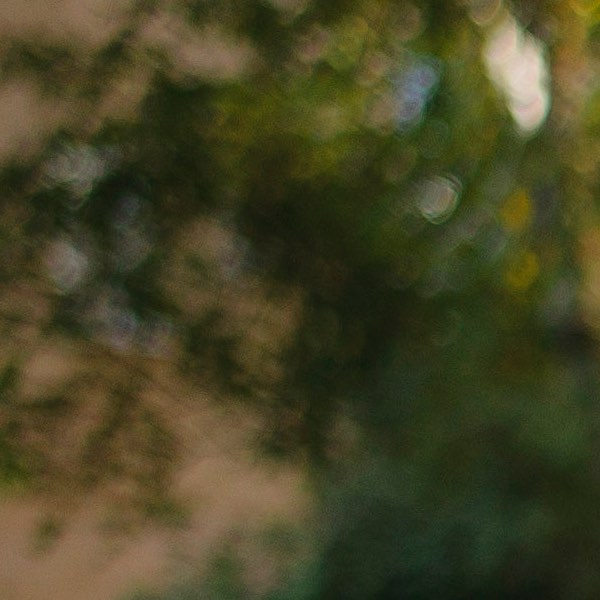
Bokeh sample from top left corner in tricky light; i.e. worst case scenario.

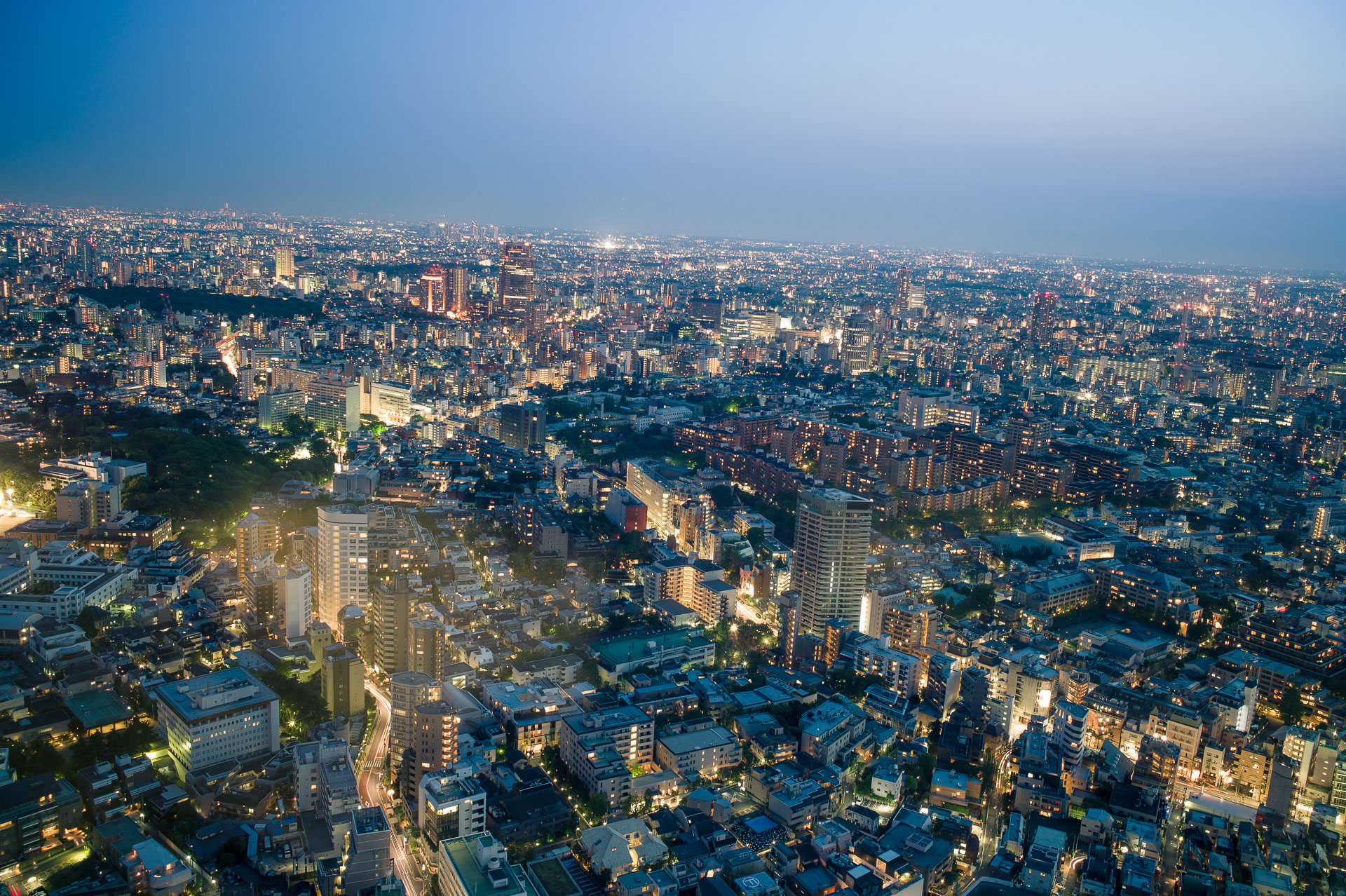
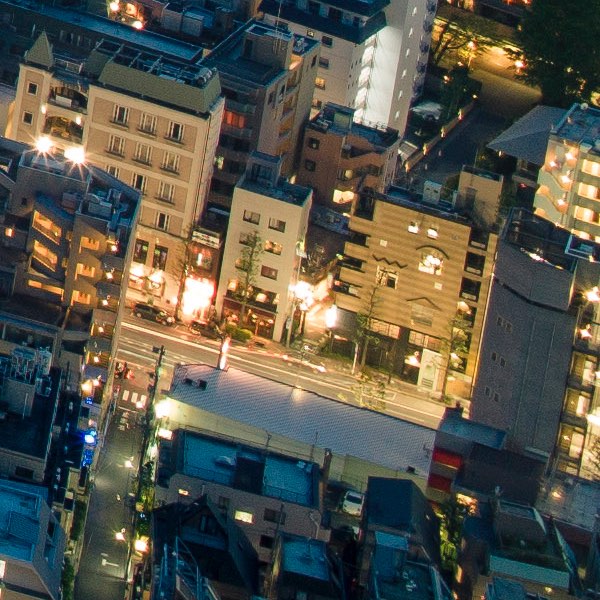
1:1 from extreme lower right, f/4.
Flare can be an issue. I feel it works for this image, but would be very hard to correct if I didn't.

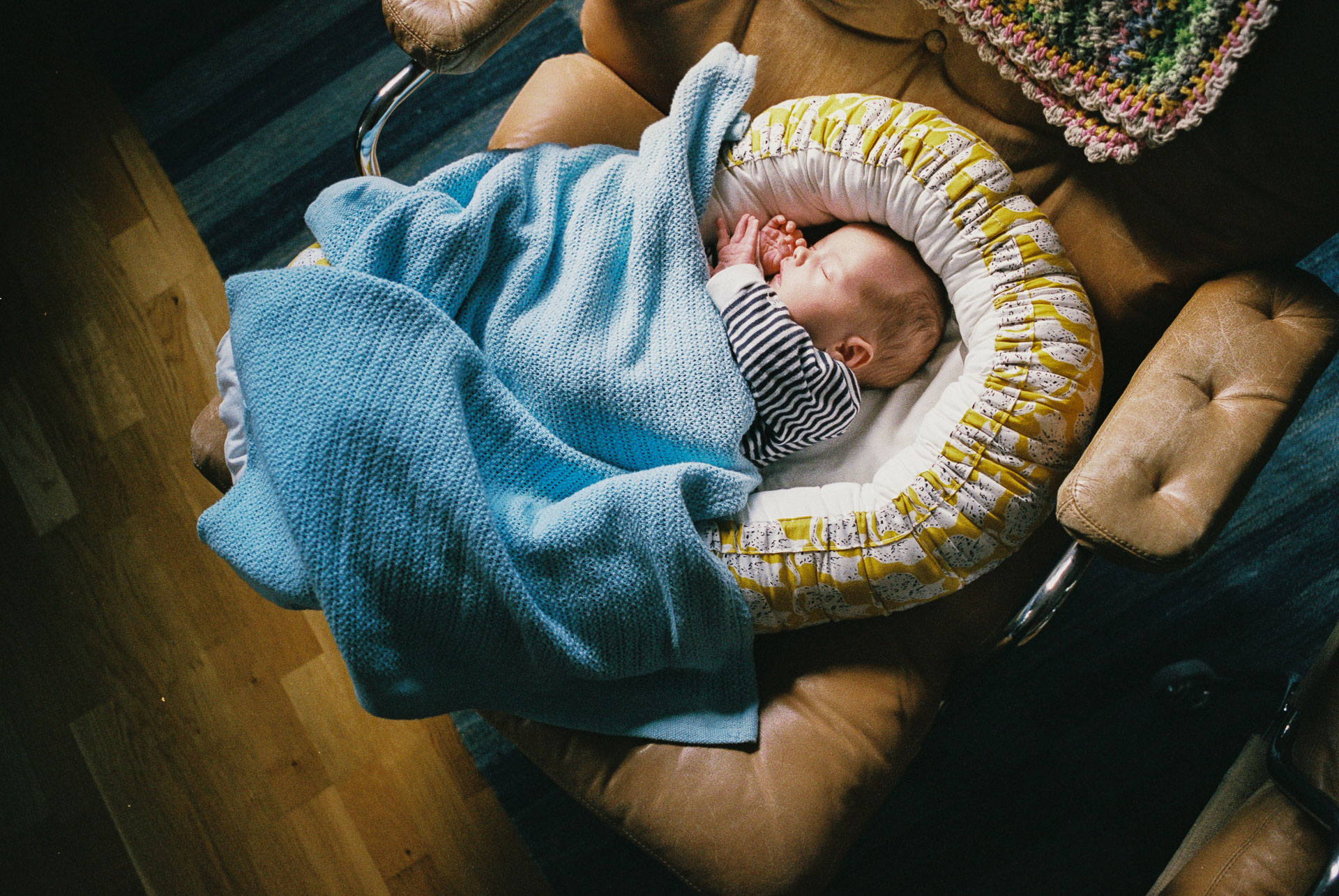
The rendition characteristics carry over beautifully to film. Summicron 28 shot on the Leica CL.
This has been one of my main lenses for several years, and I’ve used it extensively on several cameras. Below are some general observations, followed by specific remarks for the different cameras.
In the past I've generally preferred shooting a 35 or 40mm as my everyday lens. Shooting the Summicron 28 on the Leica M9 for a while has made me reevaluate that preference. I'm now equally comfortable at 28, counting it as one of my favorite focal lenghts. While shooting wider lenses needs a bit more care, I find that the resulting images are often more dynamic.
Another observation is that while f/2 might not seem exotic, the fact that wider lenses are easier to hand hold at slower speeds makes this lens usable in practice in the same low light as e.g. a 50mm f/1.4 lens. This makes the Summicron 28 usable in almost any light, even on the M9 with its relatively poor high ISO performance.
Perfect. Slight blockage of the viewfinder, significant blockage if used with the hood. Slightly hard to see the 28mm framelines while wearing glasses. Otherwise amazing - fantastic resolution throughout the frame, great color, no color shifts when used with the correct profile. Fantastic rendering thanks to the full frame sensor.
Fantastic. The 1.33x crop factor of the M8 results in a 35mm equivalent lens, which to me is the sweet spot for the 0.72/0.68 viewfinders (standard in all M Leica’s from M2 up to M240) for use with glasses. Excellent resolution and color. No problems with color shifts.
Fantastic. The Summicron 28’s rendition and characteristics carry over very well to film. The high resolution and saturated colours give images both clarity and brilliance. There are some issues shooting it on the CL. The lack of 28mm framelines is the main issue. While it’s possible to use the entire viewfinder area as an approximation of the image captured with a 28mm lens, accuracy suffers. For better precision an external, hot shoe mounted finder is advisable. I’ve used the Ricoh GV-1 that I bought for use on the Ricoh GR, which I feel gave me as good accuracy as can be reasonably expected.
Excellent. The APS-C sized sensor crop factor results in a 42mm equivalent, a very balanced normal. Slight resolution fall-off in the deep corners wide open compared to M8/M9. No significant color shift.
Very good to excellent depending on subject. Again acting as a 42mm equivalent. Visible ray angle issues. Resolution fall-off in the deep corners, slightly more than on the 5n. Needs stopping down to around f/8 for good corners. Some color shifts, needing correction in some cases. Fantastic color rendering.
Poor to acceptable. Pronounced ray angle issues. Awful resolution off center due to astigmatism induced by the thicker filter stack, especially at longer distances. Stopping down to f/5.6 improves most of the frame to acceptable levels but f/11 is needed for good sharpness into the corners. At closer distances good performance is reached with less need to stop down. Very nice color and rendering overall. Surprisingly almost no color shifts.
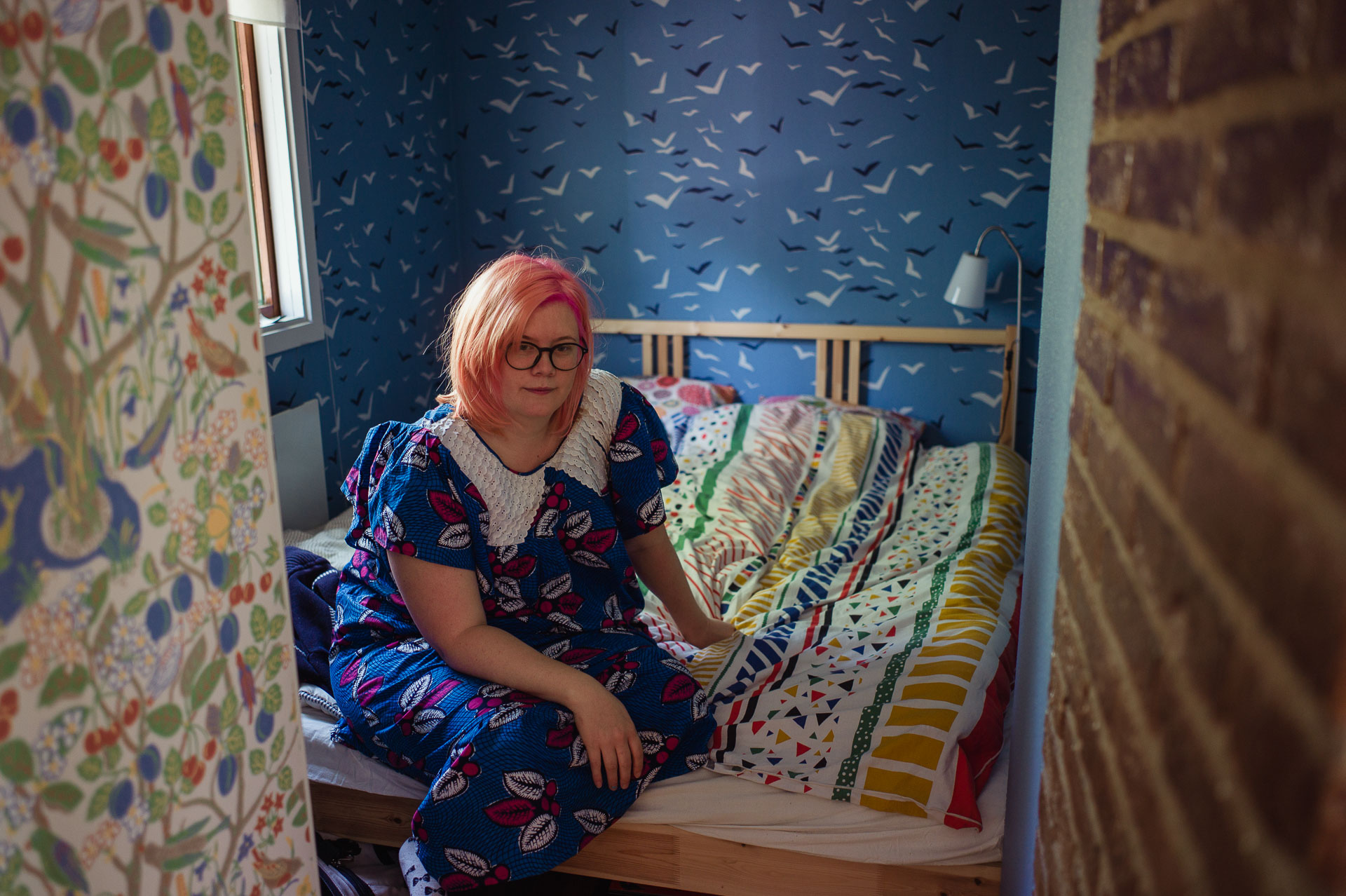

Since 28mm is a fairly popular focal length, there are numerous options and alternatives to consider. These are the ones I feel are the closest options. You can’t really go wrong with either one.
I haven’t shot with this, the most recent of Leica’s 28mm Elmarits, but it really looks like a fun lens. Tiny, very light and with ergonomic features I love. Rendering in some samples look slightly harsh. I’ve actually contemplated trading my Summicron for the Elmarit, but while I would prefer the smallness I know I would miss the extra stop and the pleasing rendering of the Summicron.
Specced very closely to the Summicron, this is a very reasonable choice. The price-performance ratio is hard to argue against. I haven’t shot this lens, but many other Voigtländers. Ergonomics are probably close to perfect. My guess would be that the Voigtländer offers less micro-contrast, less nice color and less even performance across the frame compared to the Summicron.
I’ve shot with this ZM extensively. Slightly smaller and lighter. A lot cheaper. Seemingly a lot of sample variation, I've heard that others dissapointed by the lens. The copy I shot with was perfect, just slightly behind the Summicron in impressiveness. Colors are pleasing and sharpness is extremely high. My sole reservation on the rendering is that images can come off as slightly harsh – not quite as balanced as the Summicron.
The ZM is also a stop slower, but with the Zeiss coatings the T-stop performance is actually not that far off what the Summicron offers. It does result in less subject isolation however.
Ergonomically I prefer the Summicron. The focussing nub of the ZM isn't as comfortable or quick to use as the tab on the Summicron. Build quality was also worse on the ZM, not being as smooth to focus and exhibiting a bit of the ZM wobble.
What mainly pushed me to keep the Summicron ahead of the ZM was the more balanced rendering of the Summicron as well as the advantages of the additional stop.
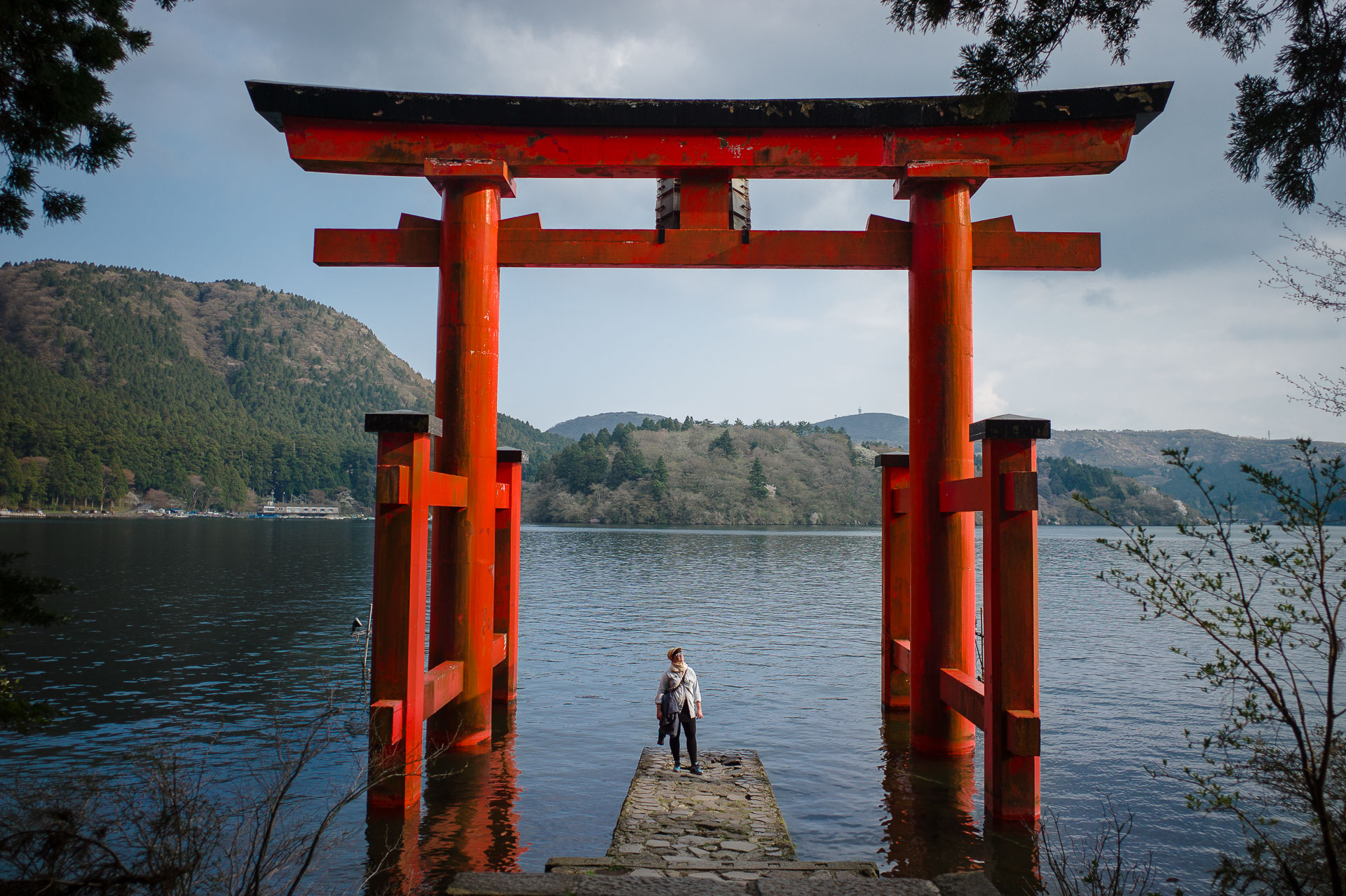
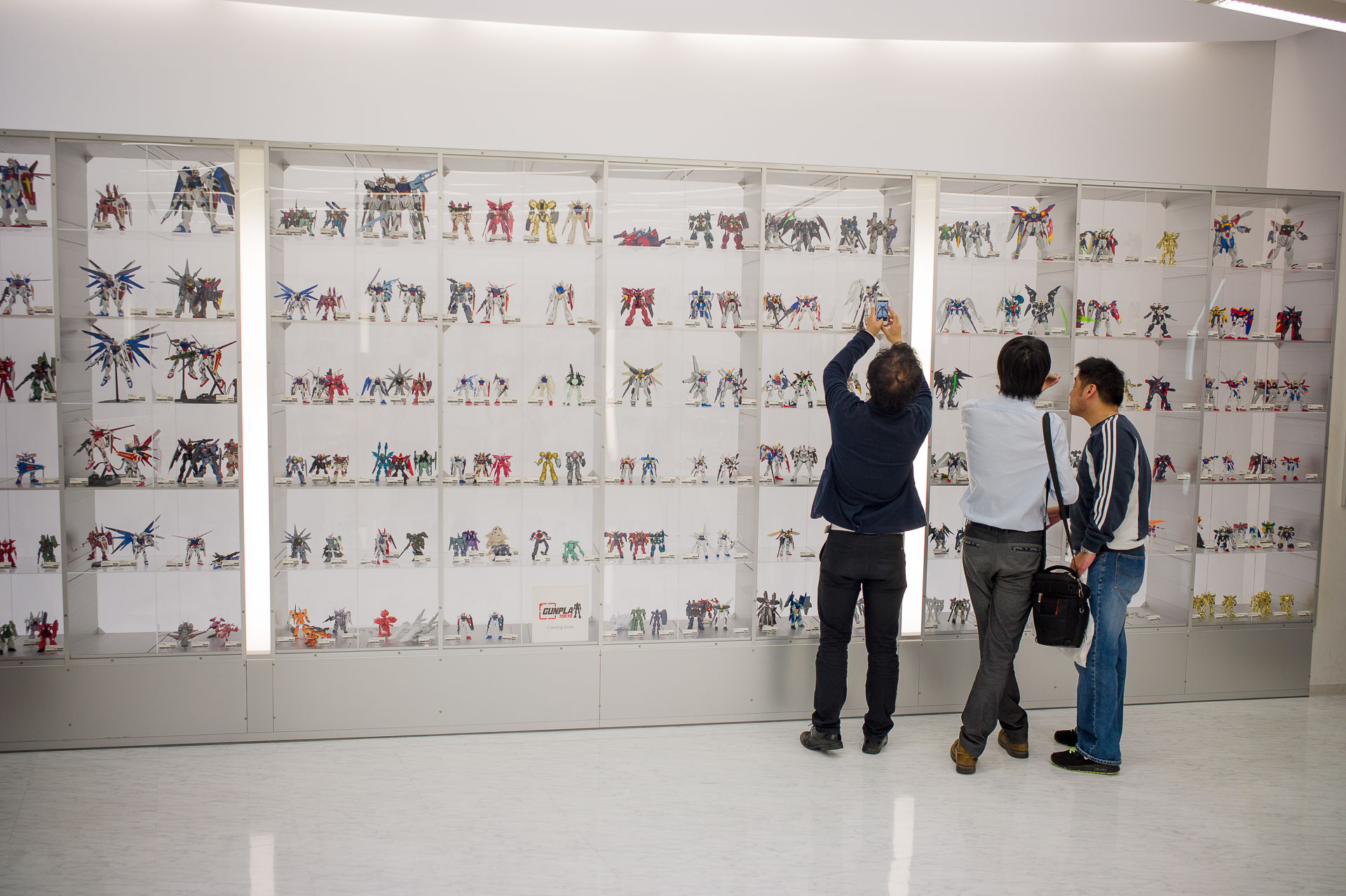
The Summicron 28 is hands down the best lens I’ve used. Technically it’s as close to perfect as can ever be expected. Perfection tends to be boring, but somehow the Summicron 28 still manages a beautiful rendering – sharp, lively, brilliant. While there are cheaper options available the low deprecation of Leica lenses mean that the actual cost of having and shooting the lens for a few years is close to nothing. Considering that I’ve made a significant fraction of my favourite shots using it, I couldn’t be happier about how it has and continues to serve me.
All photos in this review were taken by me, using Leica M8 / M9 / CL, Sony NEX-5N / NEX-7. Exif-data is intact. Open any image in a new window for a closer look.